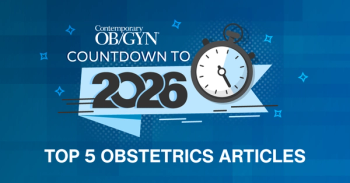
Editorial: Everything I need to know about medical education I learned from my teenagers
The federal government may phase out indirect medical education payments.
And then last year, I had a pedagogic epiphany about how the younger generation learns. It happened as I was lecturing to second-year medical students. I was well-prepared, peppy, and positive, and had great slides on what I thought was an interesting topic. A few minutes after I started the presentation, I looked at my audience and realized that only about half of the students were paying attention. The rest were busy talking to their friends, text messaging on their cell phones, typing on computers, and one was even reading a newspaper. I finished my talk feeling frustrated and angry. Then it dawned on me: These students learned like my teenagers. And that got me thinking about our approach to undergraduate and graduate medical education. What do medical students and residents need to know, what's the best way to teach them, and who's going to pay for it?
What students need to know
How we can teach them
While contemplating how to teach all of this "new" knowledge, consider the following: Physician educators under pressure to increase their own clinical revenue and implement patient satisfaction and safety initiatives have less time to teach and may be less likely to give trainees unfettered access to surgical opportunities. Clearly it's no longer acceptable to "see one, do one, teach one." And students have fewer chances for bedside learning, as hospital lengths of stay are shrinking and more procedures are being done on an outpatient basis.
The quality and quantity of America's future physicians is at stake here, so we must address this educational conundrum. But how?
First, we have to accept the need for a radical transformation in medical student education. That means going from passive to active learning, as described in The Commonwealth Fund's Task Force on Academic Health Centers report, "Training Tomorrow's Doctors."1 Large group lectures and discussions must give way to small group, situational, and experiential learning. One example of experiential learning is to give a small group of students case histories that blend basic science and pathophysiology into clinical presentations and ask them to create the diagnostic and treatment options they think are appropriate. The group interaction would occur under the Socratic direction of one or two faculty members.
Newsletter
Get the latest clinical updates, case studies, and expert commentary in obstetric and gynecologic care. Sign up now to stay informed.




